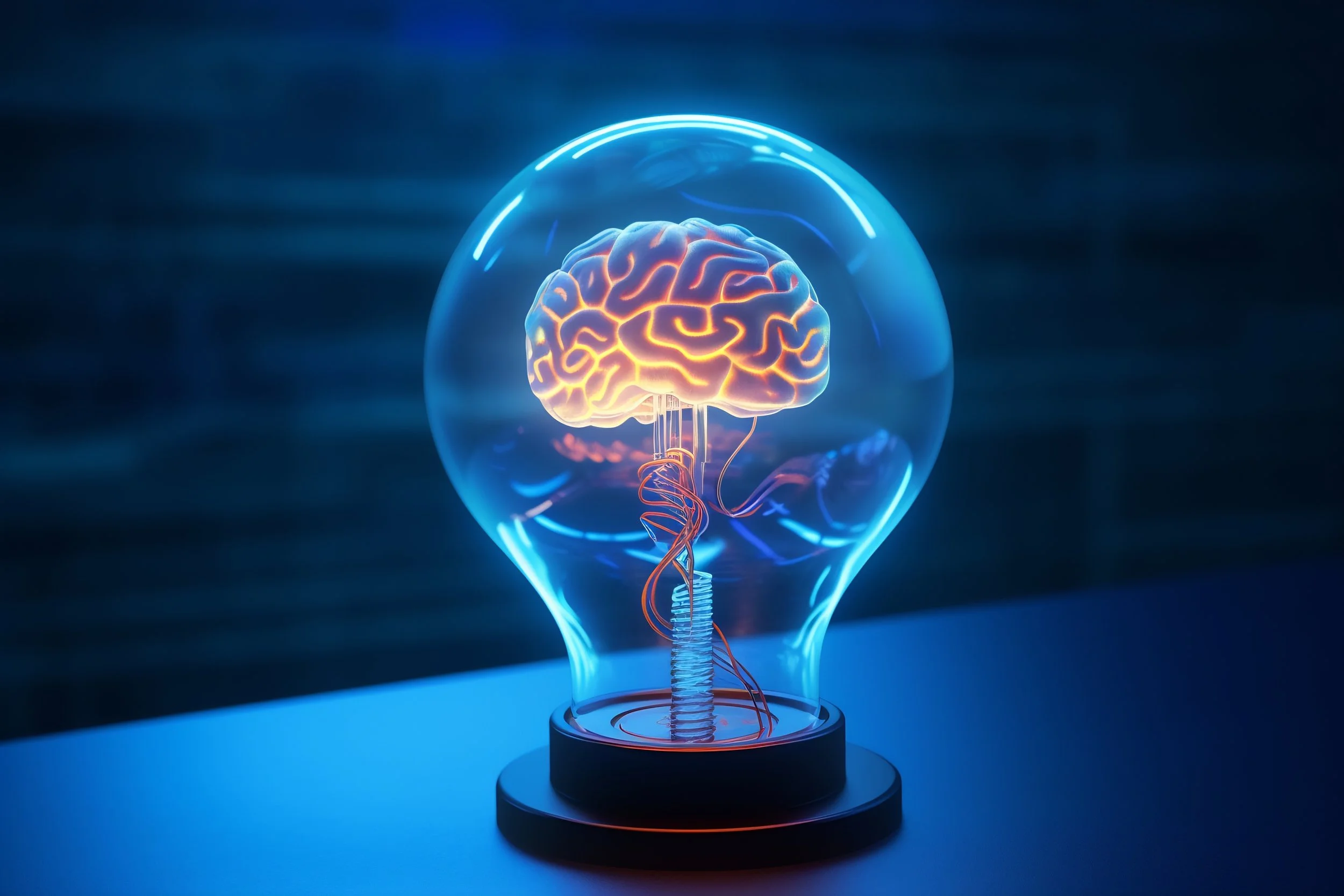
Why Pain Persists Even After You Heal: The Science of Rewiring Your Nervous System
Chronic pain isn’t just about your body—it’s about your brain, too. When pain lingers, your nervous system can get “stuck,” sending danger signals long after an injury has healed. This creates a vicious cycle where the brain keeps amplifying pain, even when there’s nothing physically wrong.
The exciting news is that you can break this cycle. Through techniques like pain reprocessing therapy, mindfulness, and targeted movement, it’s possible to retrain your brain to respond differently to pain signals. By calming your nervous system and reframing how your mind interprets pain, you reduce its intensity and reclaim control over your life.
Whether you’re an elite athlete sidelined by injuries or someone living with daily chronic pain, learning how to rewire your brain is a powerful step toward lasting relief. Recovery starts not with fighting pain—but with teaching your brain a new way forward.

Natural Approaches to Managing Chronic Pain: Proven Pain Relief Without Heavy Medications
Living with chronic pain doesn’t have to mean relying on medications alone. From anti-inflammatory diets and gentle movement to sleep optimization and brain retraining, natural pain relief methods are reshaping how people heal. This post explores the best evidence-based strategies to reduce pain naturally and reclaim quality of life—without the side effects of long-term medication use.

Top Evidence-Based Pain Reprocessing Methods for Chronic Pain Relief
Chronic pain doesn’t have to be permanent. Discover science-backed pain reprocessing methods—like Pain Reprocessing Therapy (PRT), mindfulness, and graded motor imagery—that retrain the brain, reduce fear, and restore movement. Learn how neuroplasticity can help you break the cycle of pain and start living with confidence again.